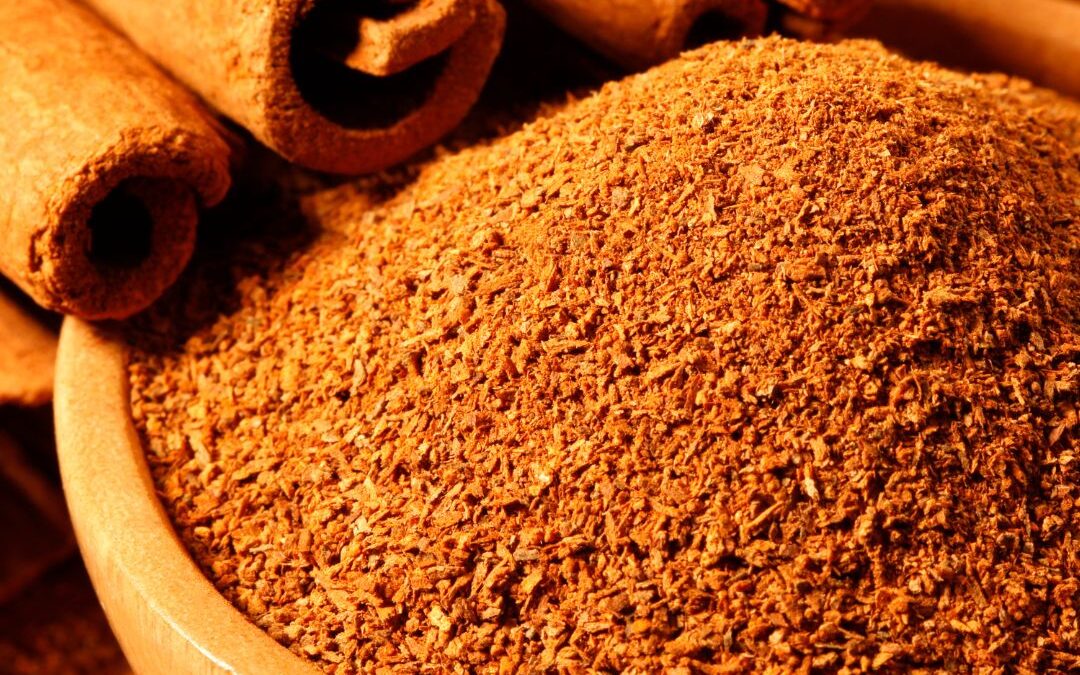Today, I’m starting with a wee confession. When I was studying herbal medicine, I was known for having coffee with my cinnamon. None of those delicate sprinkles for me, thank you very much. I’ll have a good dollop on top of my coffee, and it’s a herb I absolutely love today.

It’s no longer a coffee staple but whenever I inhale that gentle cinnamon aroma, I feel my soul settle. Our world could do with more soul settling moments, don’t you think?
That’s why I’m thrilled to be sharing the magic of my herbal ally with you today. There are over 250 species of cinnamon.
Cinnamomum Zeylanicum
The cinnamon we use most often in herbal medicine is called Cinnamomum zeylanicum, and if you’ve ever made an infusion or a tea with cinnamon bark, you’ll know that it loves water. It quite happily infuses without the need for a deep decoction, which is quite unusual for a bark. A diet rich in antioxidants plays a key role in reducing damage caused by free radicals.
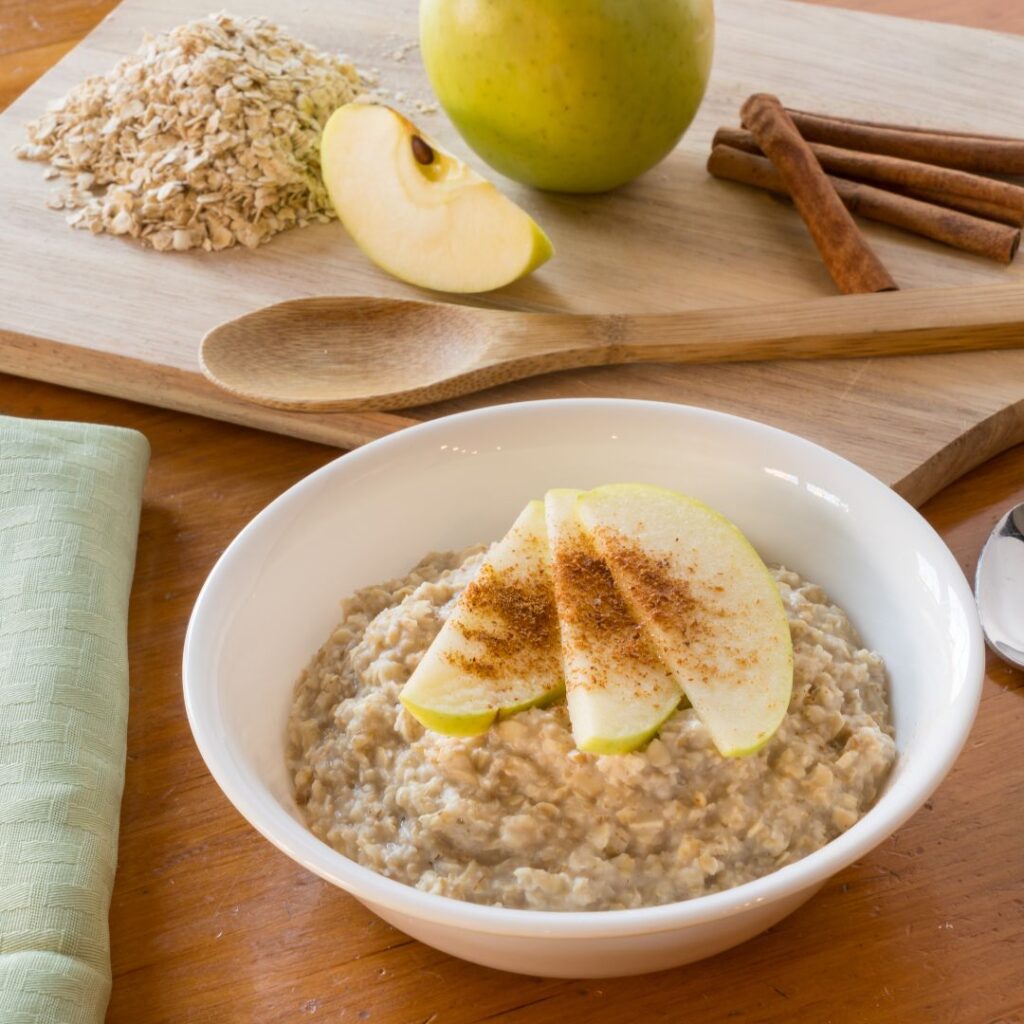
One way of increasing your antioxidant intake is by adding cinnamon to your diet. Sprinkle it over grated apple and pair it with yoghurt for breakfast, for example, or add it to your smoothie or, include it in your warming curry.
Researchers have isolated a number of flavonoids from cinnamon, and they’ve confirmed their free radical scavenging abilities.
broad-ranging actions of Cinnamon
Now, whilst cinnamon has broad-ranging actions, it’s best known in relation to its uses for diabetes, colds and flu and tummy upsets. There’s also emerging research reporting its usefulness in relation to metabolic syndrome.
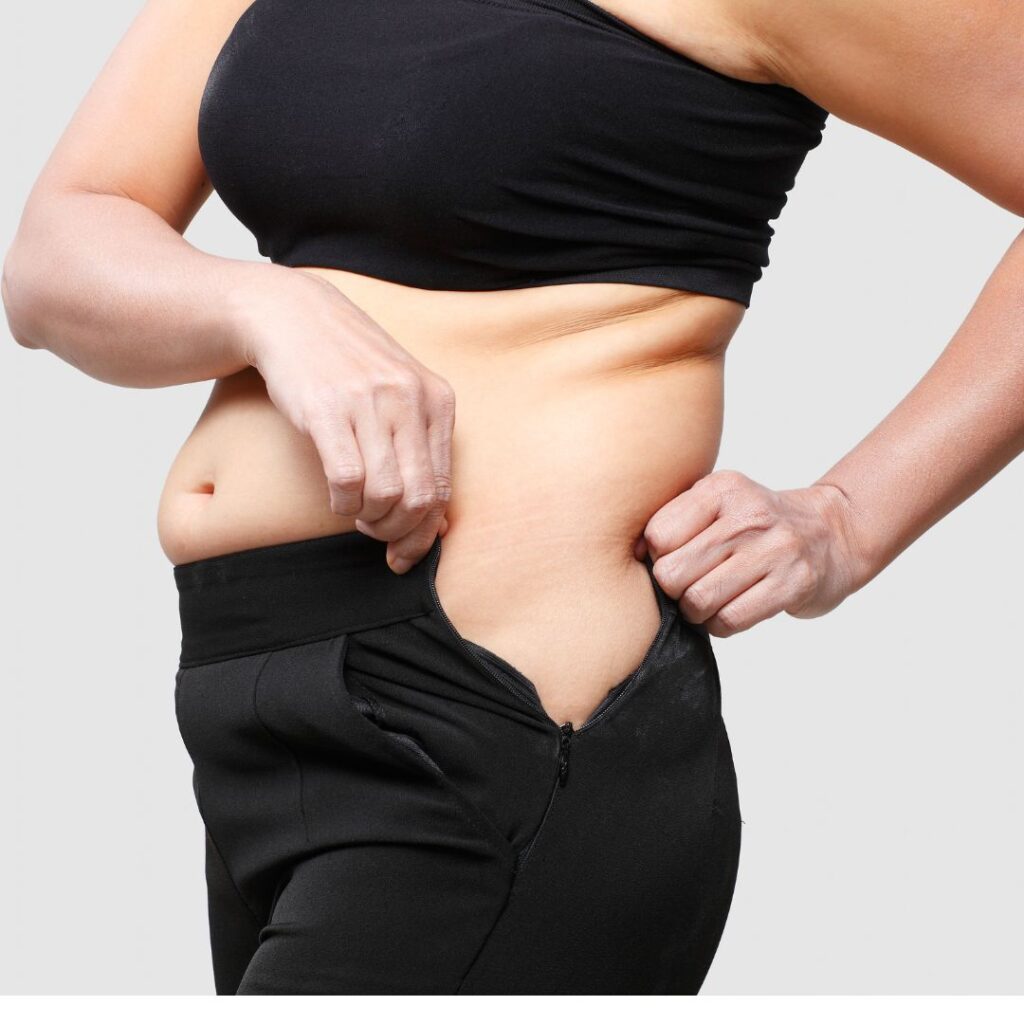
Metabolic syndrome brings together high blood pressure, high blood sugar, excess body fat that’s deposited around your waistline and high cholesterol. The combination of these symptoms increases the risk of heart disease, stroke and diabetes.
It’s a modern-day illness. Cinnamon has the potential to address a number of these conditions, all packaged into one tasty herb. Cinnamon has a substance the researchers are calling insulin potentiating factor, and it’s also been shown to lower high-density lipoprotein.
So that’s the unhelpful cholesterol and plasma triglycerides. It also lowers blood pressure. Combine this action with cinnamon’s anti-inflammatory effects. You’ve got yourself an all-around healthy heart helper.
INSULIN POTENTIATING FACTOR
So, what’s this insulin-potentiating factor all about? Will people with type one diabetes have a pancreas which produces too little or no insulin?
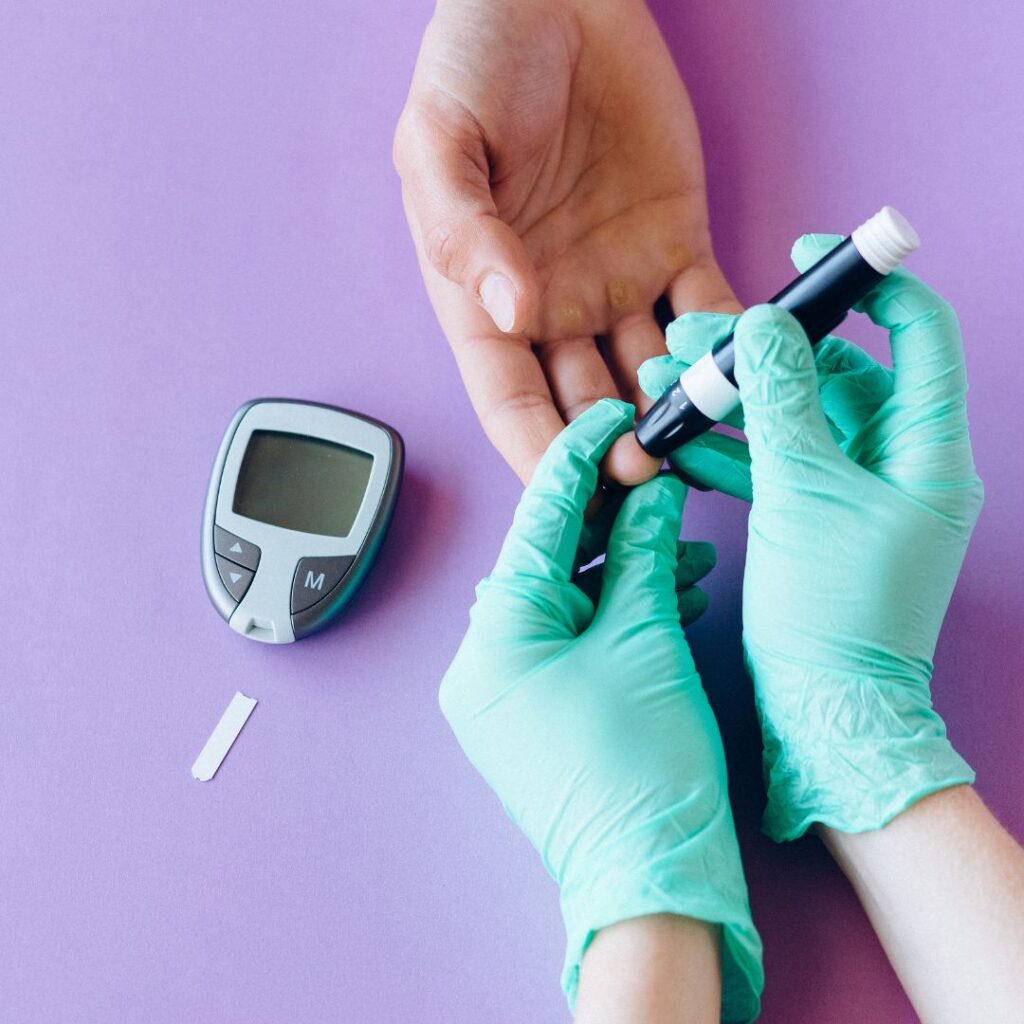
Insulin helps your blood sugar move into your cells, where it can be converted into energy. No insulin or too little insulin, and your blood sugar hangs about outside your cell waiting to be given the key to unlock that front door.
People with type two diabetes aren’t very good at processing their blood sugar, because their bodies aren’t quite sure what to do with the insulin, so there’s either not enough of it or the cells don’t recognise that it’s insulin, and sometimes this is known as insulin sensitivity. Now, cinnamon can appear to be insulin in your body, which unlocks all that glucose processing power. It also increases the amount of sugar moving from your blood and into your cells.
Now, don’t get me wrong. Diabetes is a serious condition, and whilst type two diabetes can be managed through diet, I’d strongly recommend doing that with the support of a health professional. This is not something to have a go at home. Researchers have reported antimicrobial, antifungal, antiviral and yeast-inhibiting actions in cinnamon.
DIGESTIVE SUPPORT
No wonder it’s been used to preserve food for over 200 years, if not more. These actions also help in relation to its ability to support all manner of gastrointestinal complaints. It’s a carminative, so it’s able to discretely move gas along very useful when you’re feeling bloated or you’ve overindulged.
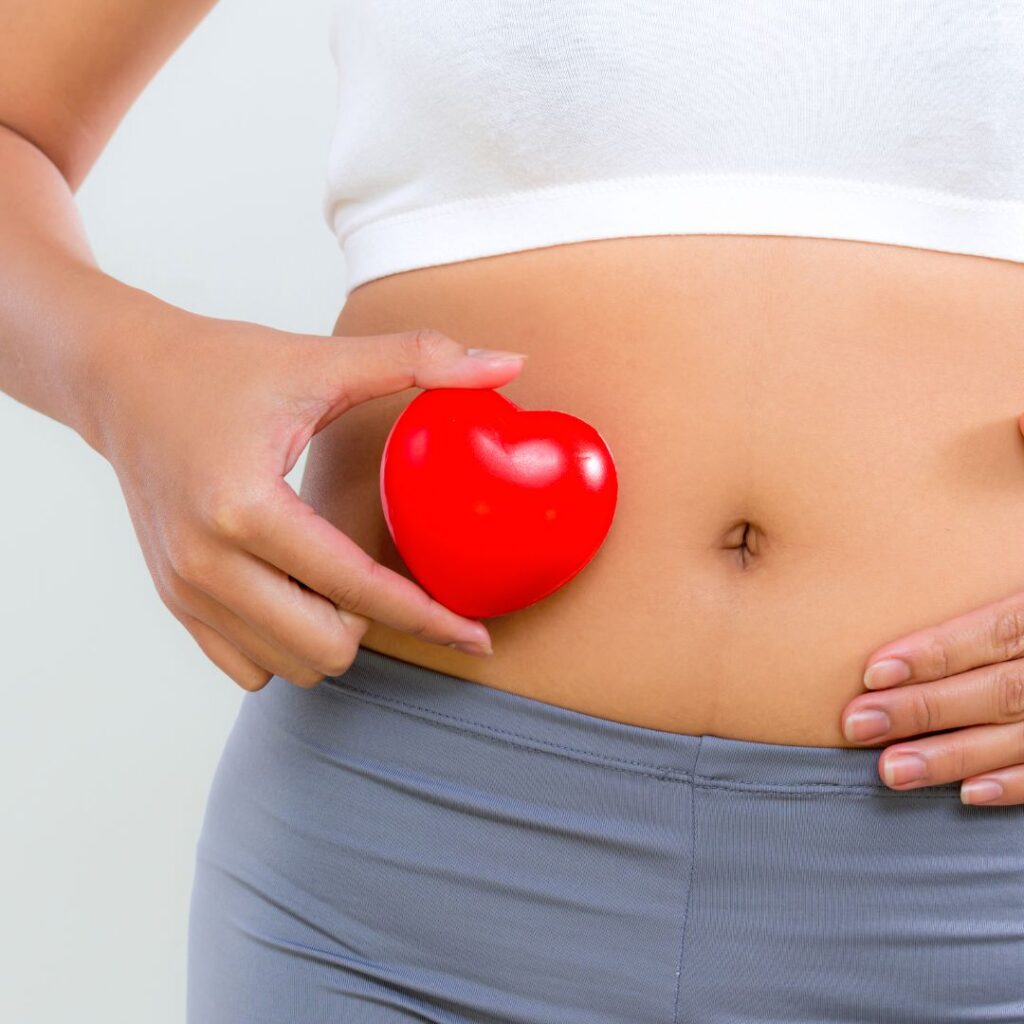
The tannins from the bark are astringent, so they tighten and they dry things up. Now that, combined with its antimicrobial actions, make it a really useful agent when you’ve got diarrhoea. Cinnamon is also prebiotic. This means it creates a healthy foundation for your beneficial bacteria to thrive on.
So, how do I like to take my cinnamon? Well, I add the powdered spice to a variety of foods spanning breakfast, lunch and dinner, from birch muesli to a delicious curry. You’ll find cinnamon cinnamon is a key ingredient in masala chai and the spice blend garam masala.
Cinnamon essential Oil
Cinnamon essential oil diffused in an essential oil diffuser or candle is relaxing and it can elevate your mood. Oh, and it’s divine. Combined with bitter orange, grapefruit, lavender, pine or clove. I’m burning a cinnamon and vanilla candle, now that the cooler months have arrived in new zealand. Cinnamon does need to be used with care.
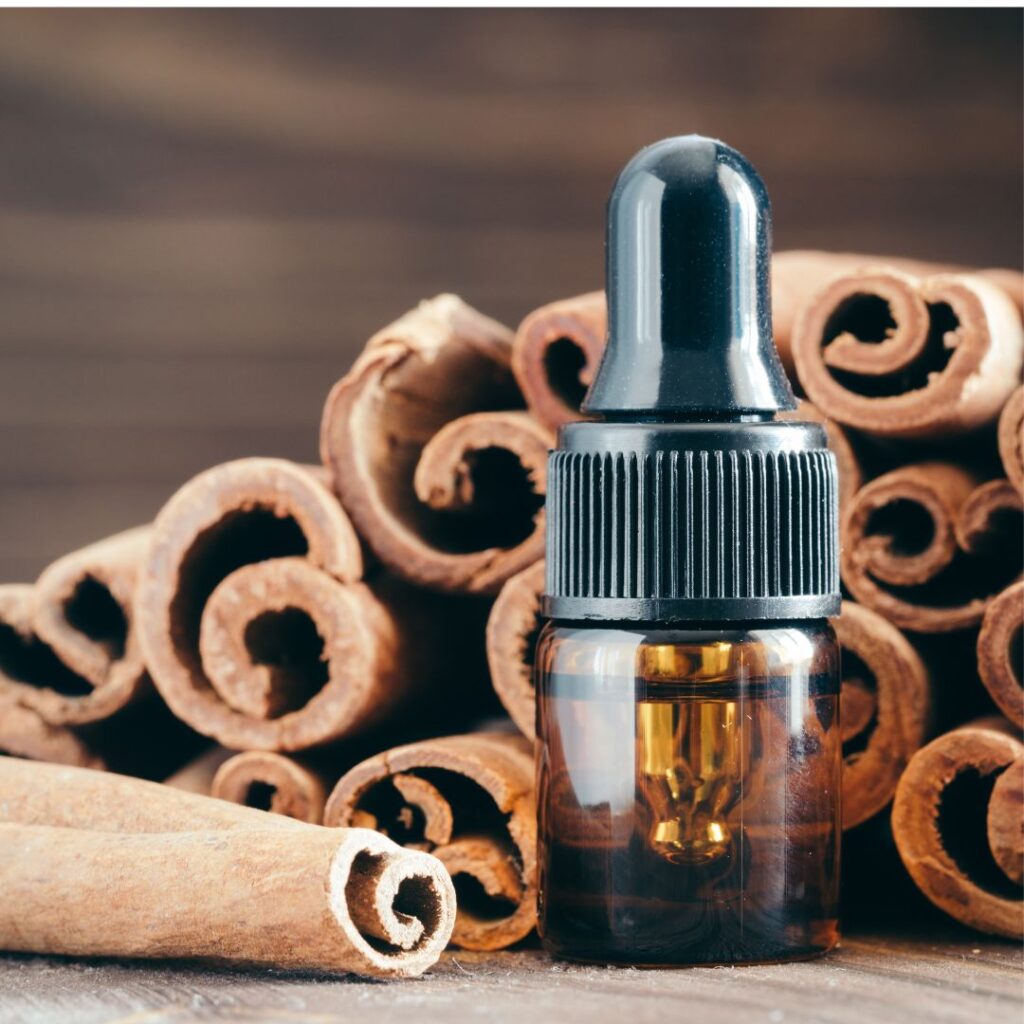
Don’t apply the essential oil directly to your skin. And don’t take the essential oil internally. Take your dried cinnamon, be that as a bark infused in tea or a spice added to your food as part of your meal rather than ingesting it directly on its own.
And also, some people can develop dermatitis from being in contact with cinnamon. When you’re using cinnamon, be aware of its medicinal uses. If you have related health conditions and if in doubt, reach out to your local herbalist or naturopath.

